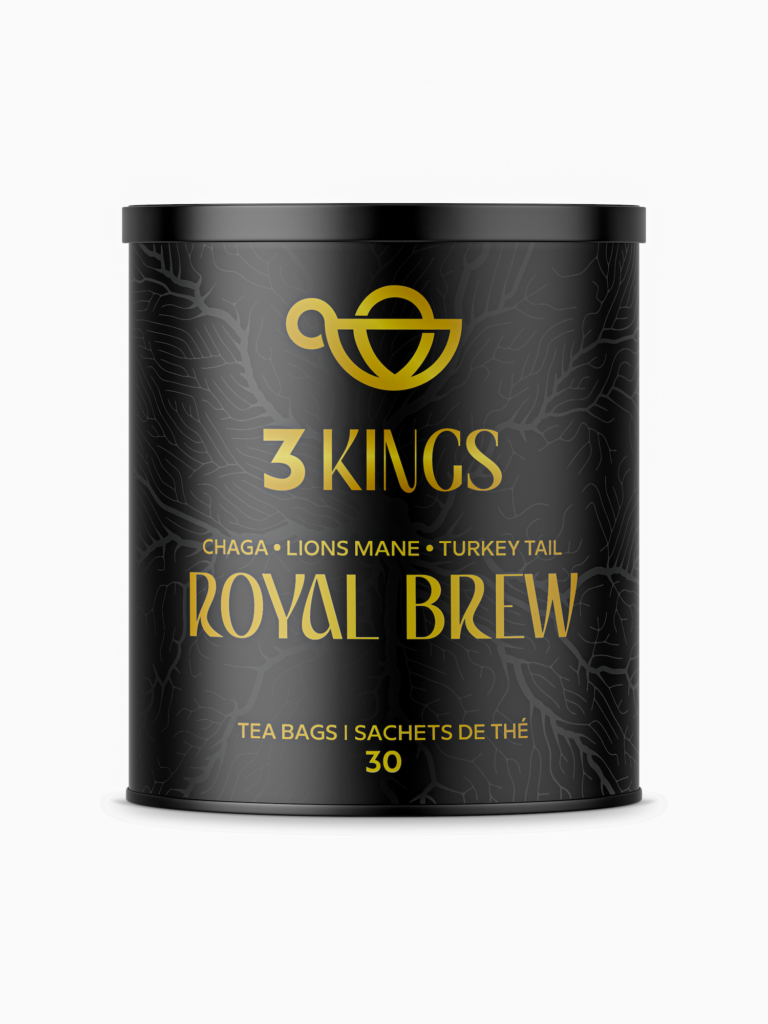Snapchat recently announced that it will soon introduce AR lenses that utilize ChatGPT at its annual developer event, Lens Fest. This update to the platform’s capabilities marks an exciting advancement in the integration of advanced AI technologies with augmented reality experiences.
The latest beta version of Lens Studio for developers includes the revolutionary ability to create filters with ChatGPT. As an example, Snap demonstrated how this new feature can be used to develop a solar system-themed filter where a user can ask a question like, “How far away is Neptune?” In just a few seconds, the lens is able to provide an accurate response to the query. Reports from TechCrunch suggest that this new capability could also enable the creation of quizzes or randomizers, showcasing the diverse range of potential applications for this technology.
AI-powered creation tools are increasingly becoming a prominent feature across various platforms. Companies such as YouTube, Meta, and TikTok have all introduced features that leverage generative AI, including photo editing and filters. Meta’s AI chatbots, which were introduced in September, feature the faces of celebrities like MrBeast and Kendall Jenner as the personas of the AI characters. Additionally, TikTok has implemented a feature to flag content that has been created using AI tools, anticipating the significant increase in AI-generated content on the platform.
In addition to lens filters, Snapchat is also enhancing its developer tools by introducing a new 3D face mask generator that leverages generative AI. This enables developers to create unique and engaging face lenses that can be utilized by Snapchat users. Furthermore, the platform will now allow multiple developers to collaborate on projects simultaneously, facilitating a more streamlined and collaborative approach to lens creation and development.
The integration of ChatGPT into Snapchat’s AR lenses signifies a major milestone in the evolution of augmented reality experiences. By leveraging advanced AI technologies, Snapchat is not only enhancing the capabilities of its platform but also pushing the boundaries of what is possible in the field of AR development.
The potential applications of ChatGPT-powered AR lenses are vast and varied. Beyond providing users with informative responses to questions, these lenses could be utilized in educational settings to create interactive learning experiences. Additionally, the ability to create quizzes and randomizers opens up opportunities for engaging and interactive content that can be shared with Snapchat’s vast user base.
Moreover, the integration of generative AI face lenses further expands the creative possibilities for developers, allowing them to design unique and personalized experiences for Snapchat users. With the ability to collaborate on projects in real-time, developers can now work together more efficiently, leading to the creation of more innovative and compelling AR lens experiences.
As the use of AI in AR development continues to grow, it is clear that platforms like Snapchat are at the forefront of this technological revolution. The integration of ChatGPT into AR lenses represents just one example of how AI is transforming the way we interact with augmented reality, and it is likely that we will continue to see exciting advancements in this space in the years to come.
In conclusion, Snapchat’s announcement of AR lenses powered by ChatGPT heralds a new era of AI-infused augmented reality experiences. The platform’s commitment to embracing advanced technologies underscores its dedication to providing users with innovative and engaging AR content. As the integration of AI in AR development continues to expand, Snapchat’s latest update serves as a testament to the limitless possibilities that lie ahead for the future of augmented reality.











